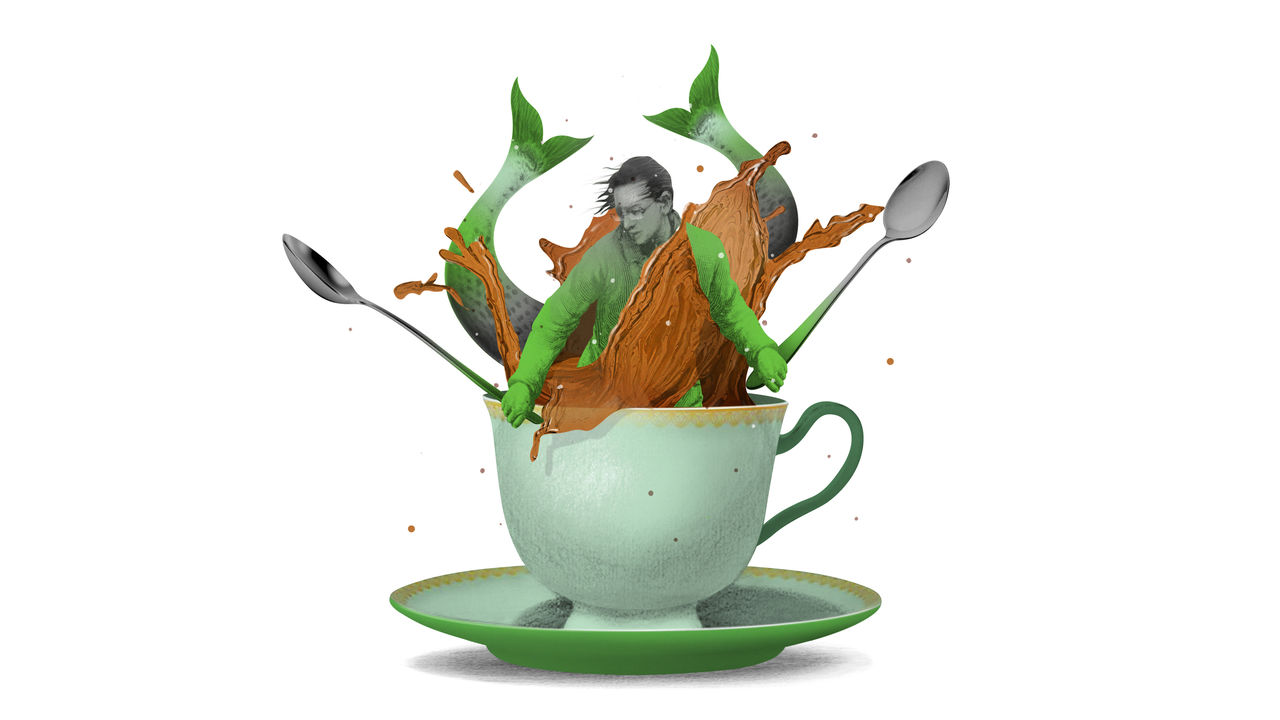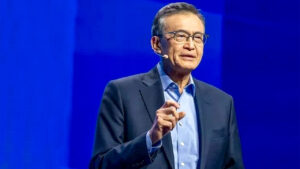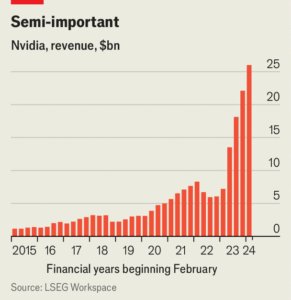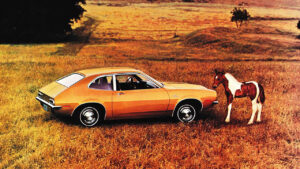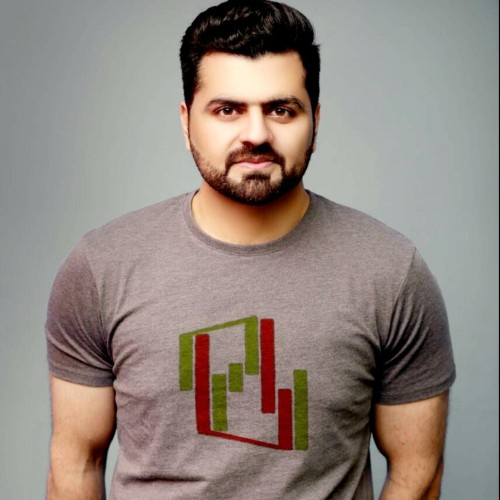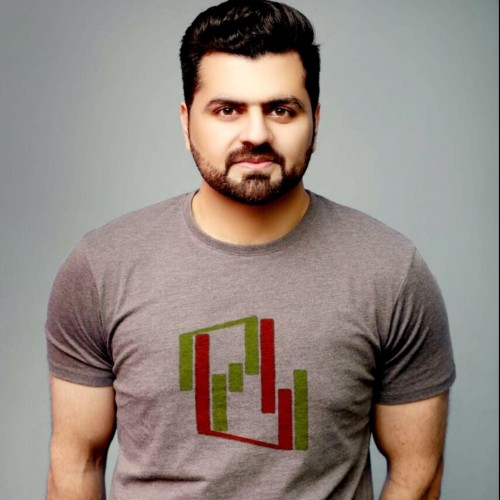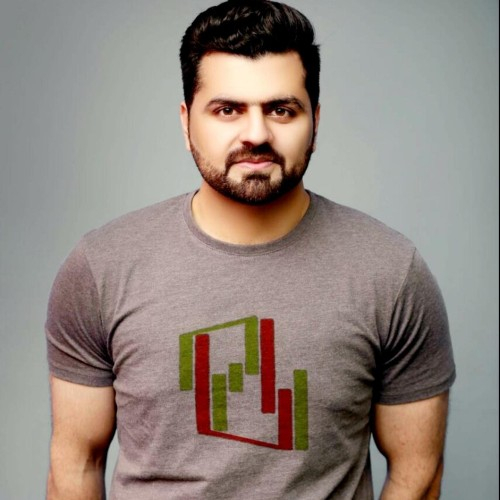
Your browser does not support the <audio> element.
IN Thomas Babington Macaulay’s “History of England”, the bustling coffeehouses of the 17th century were “the chief organs through which the public opinion of the metropolis vented itself”. But what happens when the metropolis stays away? Laxman Narasimhan, boss of Starbucks, the world’s mightiest coffee chain, is finding out the hard way.
Mr Narasimhan has been in the top job barely a year. He inherited sluggish growth in China and a unionising workforce in America. Since then, things have got much worse. During the first quarter sales in America declined by 3%, year on year, and the firm slashed its profit guidance for the rest of 2024. Long wait-times and unavailable products meant around 15% of customers using the firm’s mobile app did not bother to complete their order. Starbucks’ share price has fallen by a fifth this year. To cap it all off, on May 5th Howard Schultz, the caffeine king who grew the chain from obscurity to ubiquity, condemned the firm’s recent performance in a post on LinkedIn.
Mr Schultz has twice before handed over executive power only to take it back again, so few were surprised that he had some thoughts about the firm’s woes (though the fact that his pronouncement was so public came as a shock). “A maniacal focus on the customer experience” in America is required to restore the firm’s fortunes, he wrote. In fact, Mr Narasimhan faces the tall order of satisfying gloomy consumers at home, while battling with Chinese competition and coping with vexing hostilities in the Middle East. America’s barista-in-chief thus has a surprising amount in common with its commander-in-chief.
If the coffee business has swing voters, they are the “occasional customers” who visit stores during the afternoon. These guileful gulpers have responded to price increases by cutting spending more than the card-carrying Starbucks members who account for the majority of orders during the morning rush (there are 33m such fanatics). These marginal customers are becoming harder to tempt, perhaps as higher-for-longer interest rates start to bite. In April consumer confidence fell to its lowest level in nearly two years, according to the Conference Board, a research organisation. McDonald’s and Shake Shack, two fast-food chains, have also cautioned that consumers are tightening their belts.
Those consumers won’t stay blue for ever. But Mr Narasimhan’s plan, which he has dubbed the “triple shot with two pumps” strategy, looks surprisingly modest, despite its disturbing moniker. The company is launching a “texture innovation” (product) called Pearls (bubble-tea). To decrease waiting times it is rolling out the “siren system”, a faster method it has developed for mixing drinks, though only in a tenth of stores this year. Some doubt these changes are enough to marry the convenience many customers demand with the bewildering array of options on Starbucks’ menu. Others wonder exactly who Starbucks now caters to—it promises neither the artisanal touch of a hipster coffee shop nor the cheap and speedy cup of joe served elsewhere.
Problems abroad are no less confounding for Mr Narasimhan. The firm’s China strategy is faltering. Rather than licensing its brand to locals, Starbucks chose the riskier path of rapidly opening, and operating, coffee shops across the country. Since 2019 its footprint has nearly doubled in size, to 7,093 stores without any meaningful increase in revenue. During the first quarter, sales fell by a ghastly 11%. When the country’s depressed consumers wake up in the morning, they are increasingly likely to caffeinate themselves at Luckin or Cotti, two cheaper Chinese rivals.
The firm must consider its options. A good one is to spin off the China business, as Yum! Brands, which owns KFC and Pizza Hut, did in 2016. Such a move would free up Mr Narasimhan’s attention to focus on the brand’s troubles in America, while allowing investors who remain more bullish about the Chinese consumer to retain their exposure. A liberated Chinese business may do a better job at fending off local challengers, too.
Problems in the Middle East call for more delicate diplomacy. Since October 7th and the beginning of Israel’s war in Gaza, Alshaya, which operates Starbucks stores in the region, has faced boycotts. Mr Narasimhan says “misperceptions” that the company supports Israel have negatively affected its business in the Middle East. More troubling still, the conflict looks to be making its mark at home. Based on an analysis of social-media traffic, Bank of America’s Sara Senatore says that boycotts are the main cause of the first-quarter dip in sales in America.
In a polarised country, perhaps the “occasional customer” is getting harder to crack. All brands now fear a boycott. One that has made catering to every customer’s precise tastes its mission should worry even more. In 2018 Starbucks endured outrage from the left after two black men were arrested in one of its stores. The company incurred wrath again in 2022 when Mr Schultz, then its boss, mulled ending its policy of opening bathrooms to the public owing to safety concerns. Meanwhile, it has endured pressure from the right over its diversity policies.
Grinding on
Mr Schultz’s outburst has surely left Mr Narasimhan fearing for his job. For encouragement, he ought to look south. Chipotle, America’s favourite not-quite-Mexican chain, is on a tear. In 2015 the brand suffered a collapse in sales after an E-coli outbreak was linked to its restaurants. Its recovery might convince Mr Narasimhan that Starbucks can thrive even after enduring boycotts. Chipotle’s success, however, could also cause him to despair. A year ago it was worth half as much as Starbucks. This month its market value overtook the coffee chain’s. He can only pray Chipotle doesn’t start serving coffee with carnitas. ■
If you want to write directly to Schumpeter, email him at schumpeter@economist.com
To stay on top of the biggest stories in business and technology, sign up to the Bottom Line, our weekly subscriber-only newsletter.








